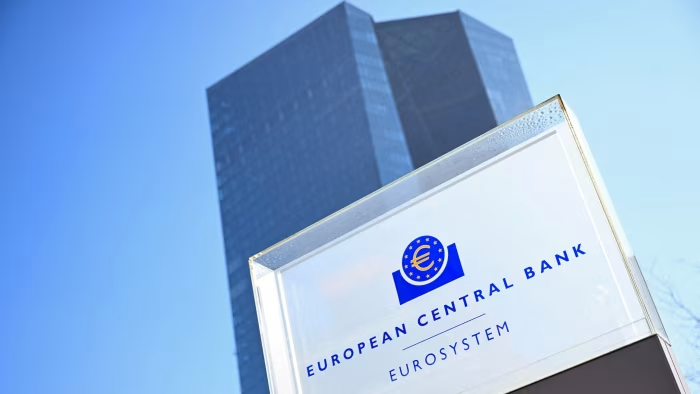The digital euro project is moving faster after the United States approved a federal law on stablecoins, prompting EU institutions to weigh public blockchain options such as Ethereum or Solana to safeguard Europe’s monetary sovereignty and competitiveness.
What the USA stablecoin law changes for Europe
Washington’s new framework for payment stablecoins clarifies issuance and supervision in the world’s largest capital market. Euro area officials fear a larger role for dollar‑linked tokens in European payments if the EU lags behind. Accelerating the digital euro is seen as a way to ensure that central bank money remains available in modern, programmable form across the euro area.

ECB timeline: decision window after October 2025
The European Central Bank (ECB) remains in its preparation phase for the digital euro. A go‑forward decision on design and implementation can only follow once the legislative process advances and after the current phase ends in autumn 2025.
Procurement work and testing environments are being readied so the Eurosystem can act quickly if policymakers give the green light.
Why a public blockchain is on the table
Earlier plans leaned toward closed, bespoke infrastructure. The recent debate now includes using a public blockchain as a common settlement layer to leverage existing developer ecosystems and interoperability.
Supporters argue this could speed adoption and cut costs for merchants and fintechs. Critics warn about privacy, scalability, and reliance on external validator networks. Any model would need strong offline and privacy‑preserving features to mirror the anonymity of small‑value cash transactions.
MiCA and privacy: how EU rules would apply
The EU’s Markets in Crypto‑Assets (MiCA) regime already sets rules for e‑money tokens and asset‑referenced tokens, including strict reserve, disclosure and supervision requirements.
A retail digital euro issued by the Eurosystem would sit alongside MiCA, with dedicated legislation specifying governance, access for payment service providers, limits to prevent bank disintermediation, and safeguards for data protection consistent with EU law.
Nordic angle: Sweden’s e‑krona watches Brussels
Sweden’s central bank Sveriges riksbank has piloted an e‑krona as state money in digital form. Stockholm’s baseline is to keep technical readiness while tracking the digital euro process closely. A euro‑area launch would shape cross‑border payments in the Nordic‑Baltic region and influence Swedish choices on architecture, offline payments and environmental impact.

What it means for banks and payment providers
Commercial banks could see deposit competition mitigated by holding limits or tiered remuneration on retail balances in digital euro wallets. Payment institutions, card schemes and fintechs may gain from standardised APIs, instant settlement and programmable payments for point‑of‑sale and e‑commerce. For consumers, the promise is free or low‑cost payments, broad acceptance online and in stores, and fallback options when cards or networks are down.
What to watch next
Key signposts include: the EU legislative timeline for the digital euro framework; the ECB’s evaluation of public versus private rails; privacy and offline design choices; and how USA stablecoin rules affect European market dynamics. A final issuance decision would come only after law‑makers complete the legal basis and the Eurosystem validates technical resilience and consumer protections.






